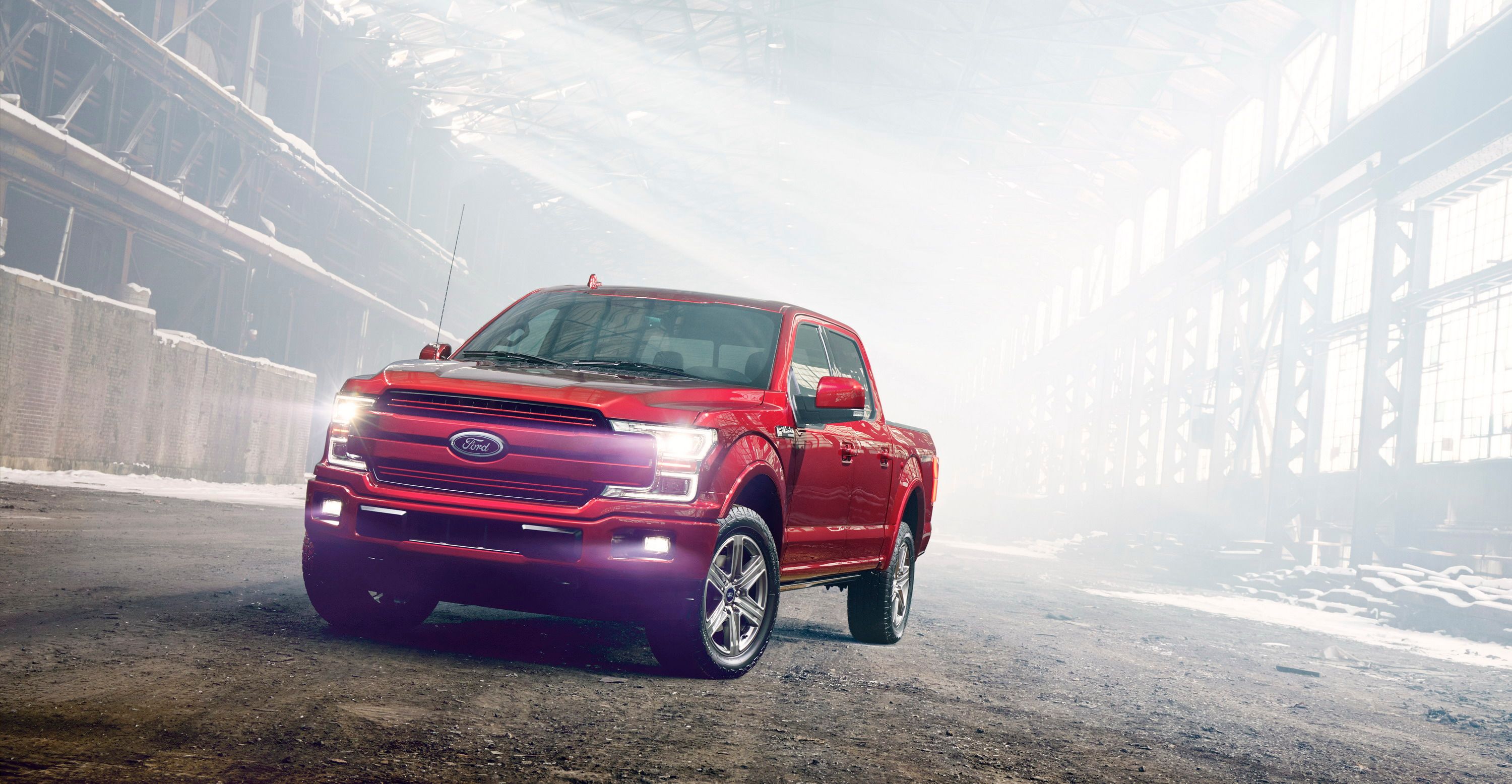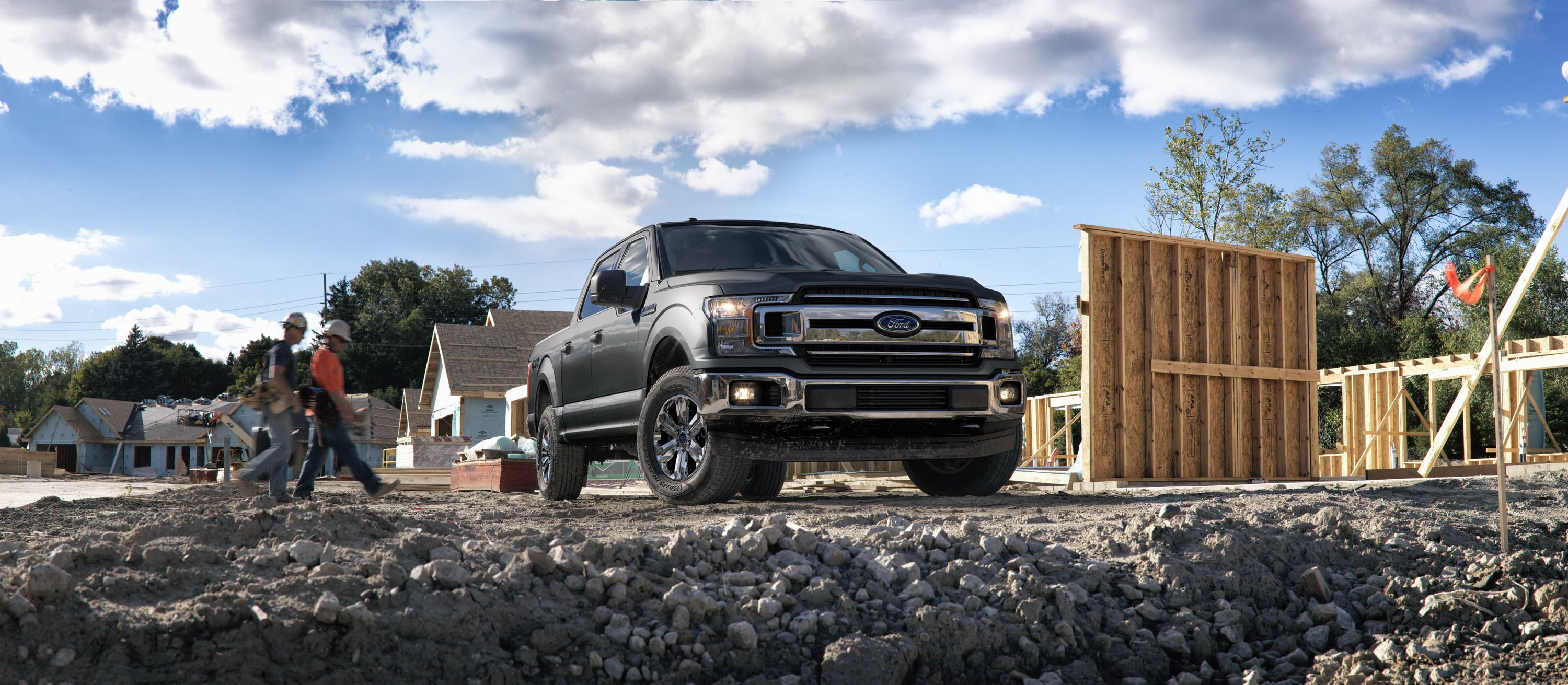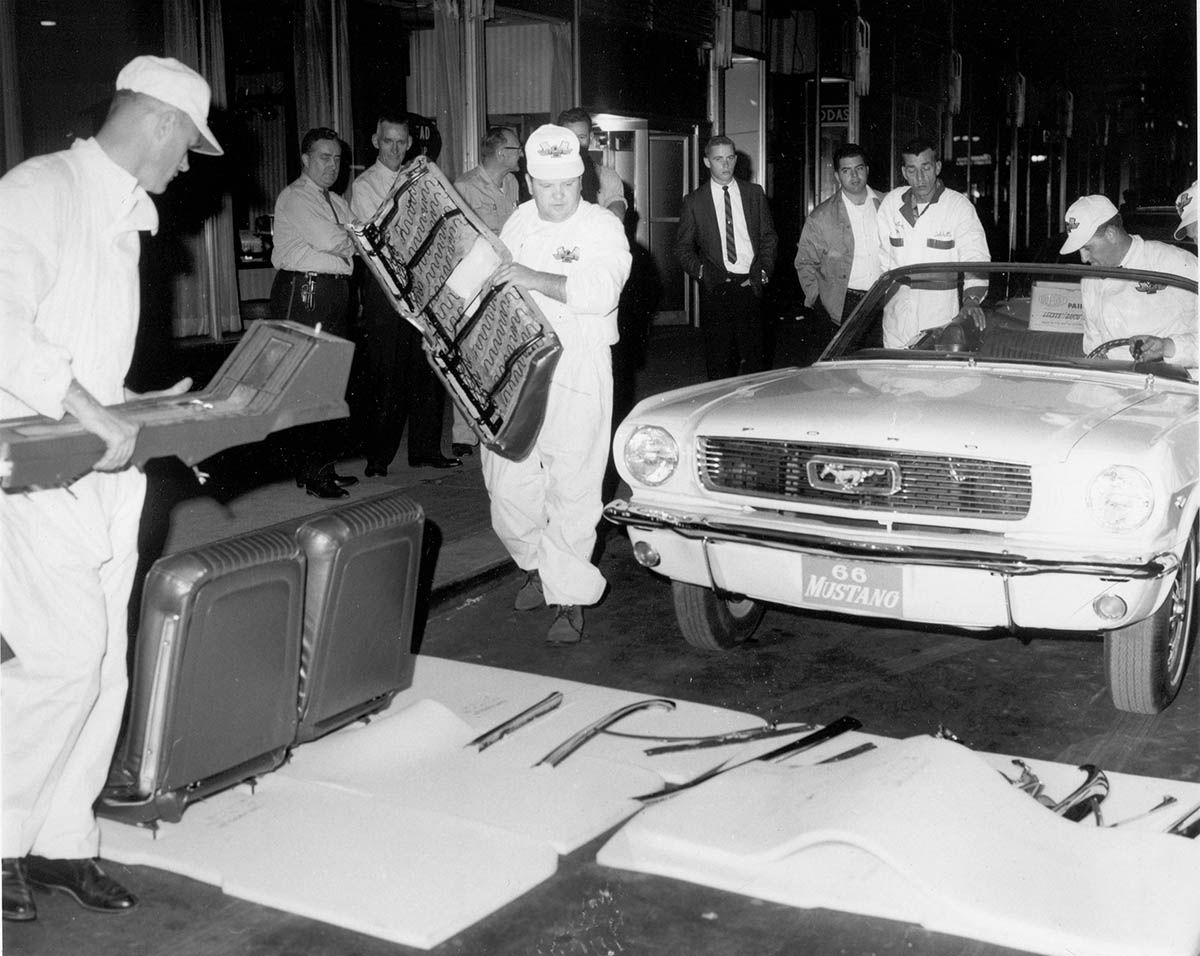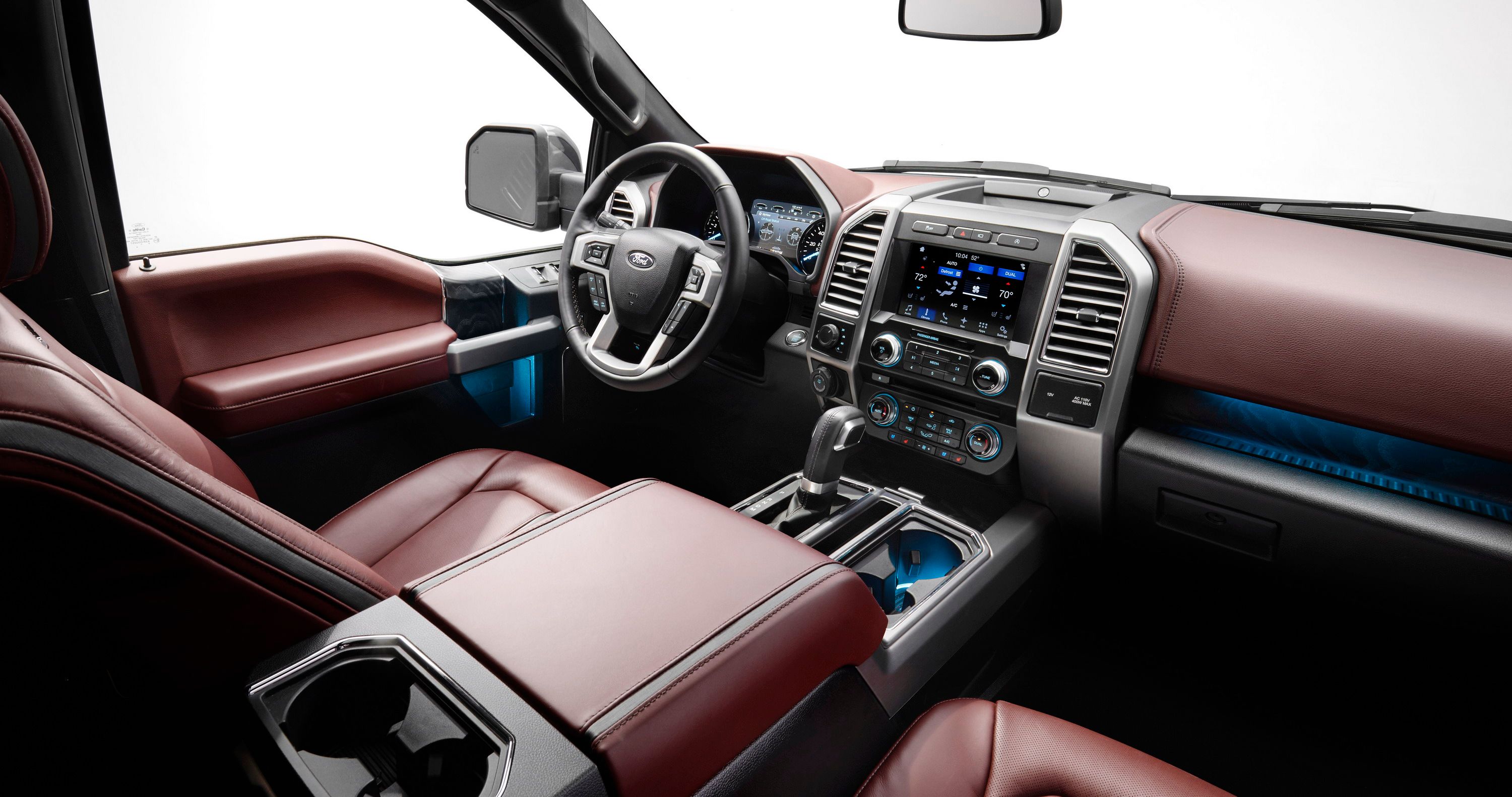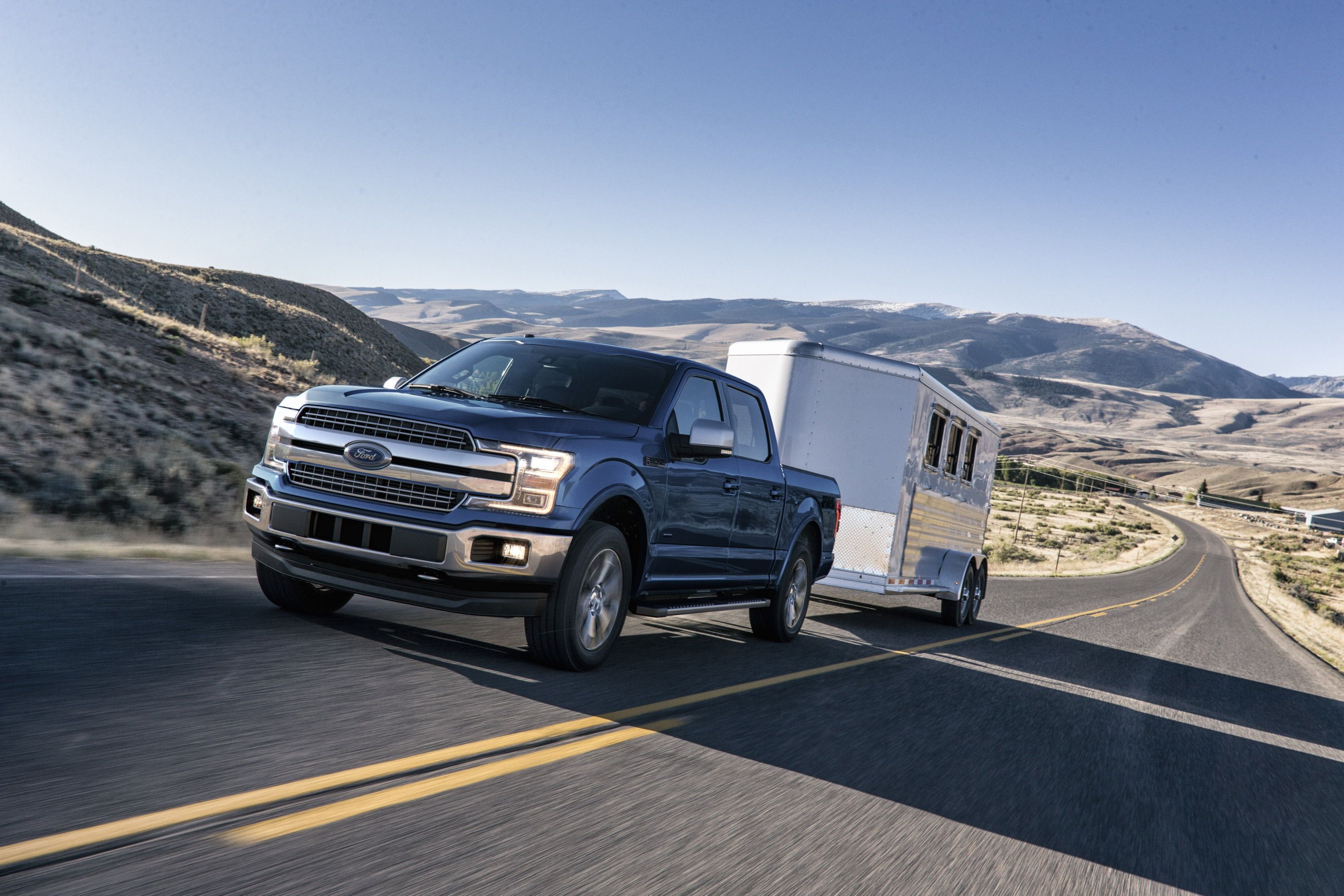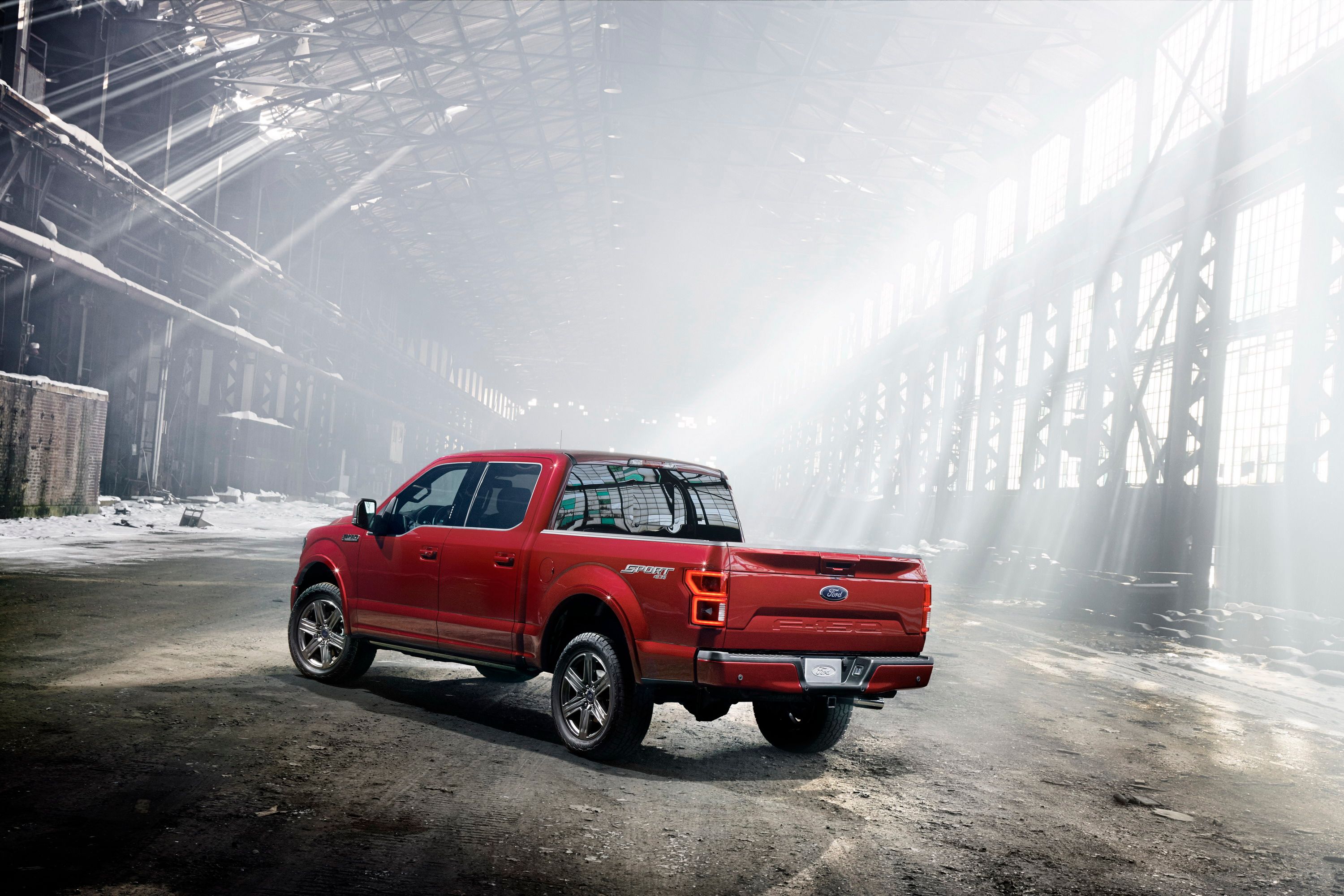Well, it's not about business always. Sometimes, it's just about the morals and social responsibilities. Ford has always taken pride in being an environmental friendly company. Ironically, it is not a pioneer exactly in the ongoing shift towards EVs. Nevertheless, Ford deserves a special mention for what it is doing to save the environment. Every vehicle that Ford manufacturers uses recycled plastic for its components, and in the 2019 Ford F-150, it is used in the wheel liners. Fancy, huh? I guess this is one more reason to love Ford vehicles.
If Only Every Automaker Followed Ford's Footsteps
The F-150 has been a lot in the news lately, mainly for the tuner-editions and the bigger engine in the Raptor. It is again in the spotlight, but this time for a 'green' reason. Ford is doing its bit to give it back to the nature by using reprocessed plastic in all the products across its lineup. According to Ford, it uses approximately 1.2 billion recycled plastic bottles in its parts production every year. To simplify the math for you, that is roughly 250 recycled bottles in every Ford vehicle. This plastic is used in different parts in every vehicle, and in the F-150, it is used to make the wheel liners. What's a wheel liner, you ask? It's the shield in your wheel well behind the tire. It helps cover and protect the various parts and underpinnings within the wheel wells. Ford uses this recycled plastic for engine covers underneath the vehicle as well. Overall, the wheel liners and underbody cover help aid the vehicle's aerodynamics.
It's not just the recycled plastic that has makes up for Ford's conservation acts. In the company's River Rogue Complex in Dearborn, Michigan, it has also been using recycled water in the heating, cooling and manufacturing systems. It also has grass roof to help keep the building's temperature under control. The Blue Oval has also implemented rainwater harvesting techniques that captures the rain water which is then used in production.
Heal The World, Make It A Better Place
This effort and commitment runs in the Ford family. Back in the 1900s, Henry Ford tried to make plastic out of soybeans. Today, Ford uses soy oil to make foam that is in all of its vehicles which is considered as a very sustainable resource. Ford uses soy oil to make foam used in the seats, and recycled cotton for the seat fabrics and carpet. Apparently, Ford engineers are also experimenting with renewable, plant-based materials, including tomato skin, bamboo and algae, in an effort to replace petroleum-based plastics.
Ford is also working towards reducing water use per vehicle and operational greenhouse gas emissions by 30-percent by 2020 for the former and 2025 for the latter. Do you remember that one time when the company tried to collect and use rainwater used for cleaning windshields? These are just a few things that Ford is trying to do in terms of sustainability. The company doesn't really publicize all this, but you can check out much of it in the Henry Ford Museum and the Ford Rogue Factory Tour; tickets for which are available online.
What They Had To Say
In other cars, SUVs, and trucks, Ford uses the reprocessed plastic to produce parts used for sound-proofing and improving aerodynamics. According to Thomas Sweder, Ford's design engineer, “the underbody shield is a large part, and for a part that big, if we use solid plastic, it would likely weigh three times as much. We look for the most durable and highest performing materials to work with to make our parts, and in this case, we are also creating many environmental benefits.” He also added that, “Ford is among the leaders when it comes to using recycled materials such as this, and we do it because it makes sense technically and economically as much as it makes sense for the environment. This material meets all of our robust specifications for durability and performance.”
Ford further explains:
How The Other Companies Are Moving Forward
I'm starting off with Volkswagen's efforts first because it has to rebuild its tarnished reputation the most, and it couldn't have asked for a better opportunity to do so. As it should be, Volkswagen is running on the most rigorous schedule when compared to the other automakers. On one hand, it will be releasing a new generation of diesel and gasoline engines in 2026, and on the other hand, it plans to electrify its complete portfolio by 2030. Let's see how this pans out for the conglomerate.
Toyota seems to be taking the longest time to make sure the products from its stable become 100-percent carbon-dioxide emission free. It has set a modest target that makes sure that all the facilities, vehicles, and manufacturing process is environment-friendly by 2050. Honestly, I expected Toyota to be at the forefront of sustainability given that it had the 'Insight' (pun intended) to comes up with the first mass hybrid car in the form of Prius back in 1997. But unlike other carmakers, the Japanese giant's target seems most believable.
Talking about the Blue Oval's EV commitments, it had initially planned to introduce 13 electric models by 2020 with an investment of $4.5 billion. But seeing the boom, it upped this number up almost four times and announced 40 hybrid and electric vehicles with an investment to the tune of $11 billion.
The other automakers such as FCA, Nissan-Renault-Mitsubishi, and General Motors have similar plans too. However, these companies are mainly focusing on electrifying the products rather than committing to sustainability and environmental-friendly practices within the factories. Perhaps they do, but not as much as say, Ford.
What To Expect From The F-150 In The Near Future
Since we mentioned the Ford F-150, how can we not talk about the prodigal son that has been the talk of the truck segment lately? We recently covered the news wherein the pickup truck is upping its game in terms of performance as well. Ford has finally heard the pleas of the enthusiasts and decided to plonk a V-8 engine into the Raptor.
Ford F-150 Engine Lineup
|
V6 |
3.3 liters |
290 horsepower |
265 pound-feet of torque |
|
EcoBoost V6 |
2.7 liters |
325 horsepower |
400 pound-feet of torque |
|
EcoBoost V6 |
3.5 liters |
375 horsepower |
470 pound-feet of torque |
|
V8 |
5 liters |
385 horsepower |
400 pound-feet of torque |
|
V6 diesel |
3 liters |
250 horsepower |
440 pound-feet of torque |
At first, it looked like Ford will build a new engine from the scratch for the F-150 Raptor. However, there are chances that it could use the same mill found under the hood of the Mustang GT500. That's a 5.2-liter, V-8 supercharged mill that could put the F-150 into a different league altogether. It would be natural to assume that a detuned version of the mill will be used in here, but that might not be the case because its rival, the Ram Rebel TRX, uses the Hellcat's engine that produces 707 horsepower.
It's good to see Ford do its bit to save the environment. In my opinion, adopting such methods is as important as moving into electrification. This may seem small, but sure goes a long way; especially when you consider the volume these companies produce. Can you think of any other feasible methods that automakers could adopt to protect the natural resources? Share your thoughts with us in the comments section below.

